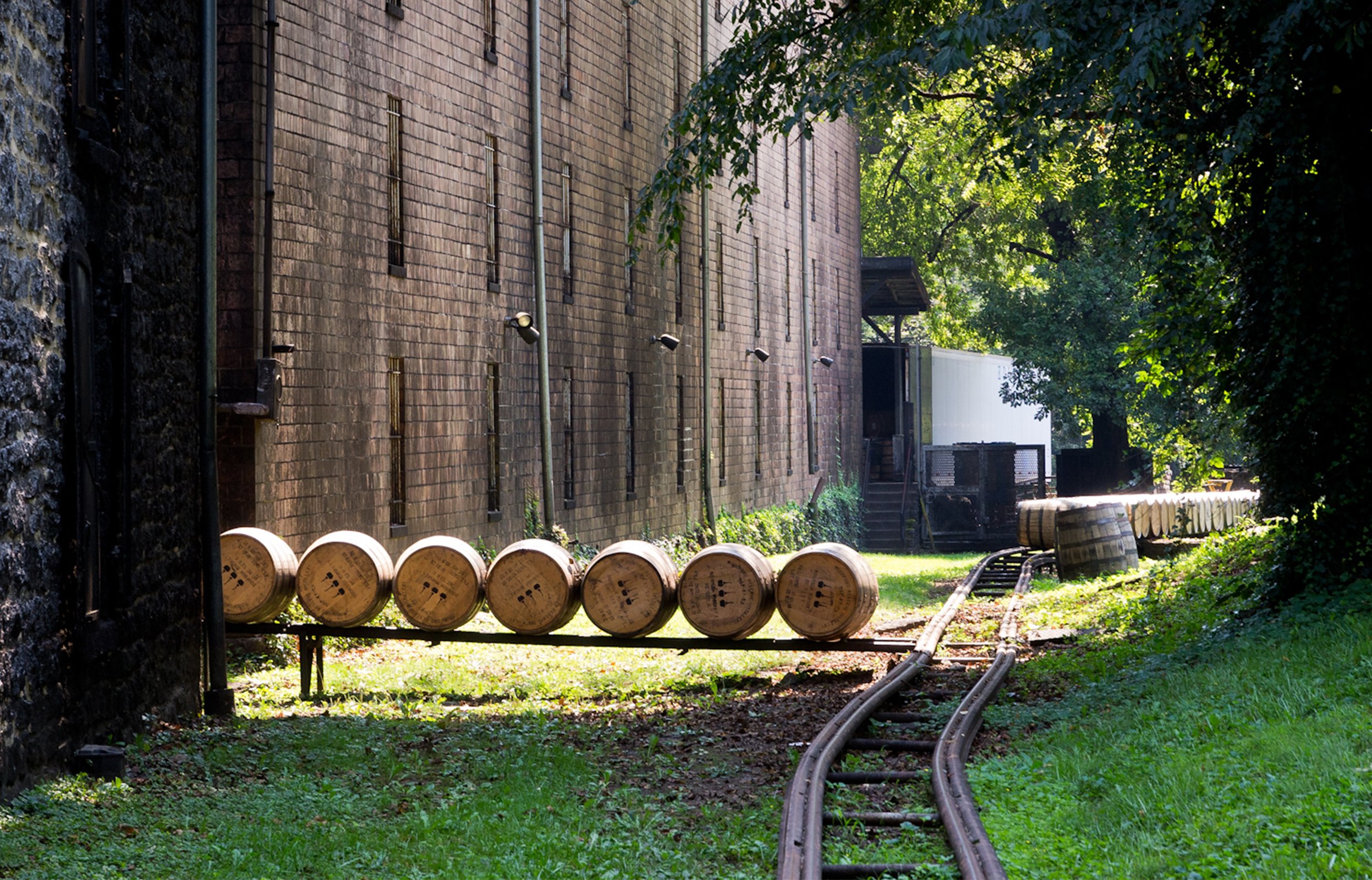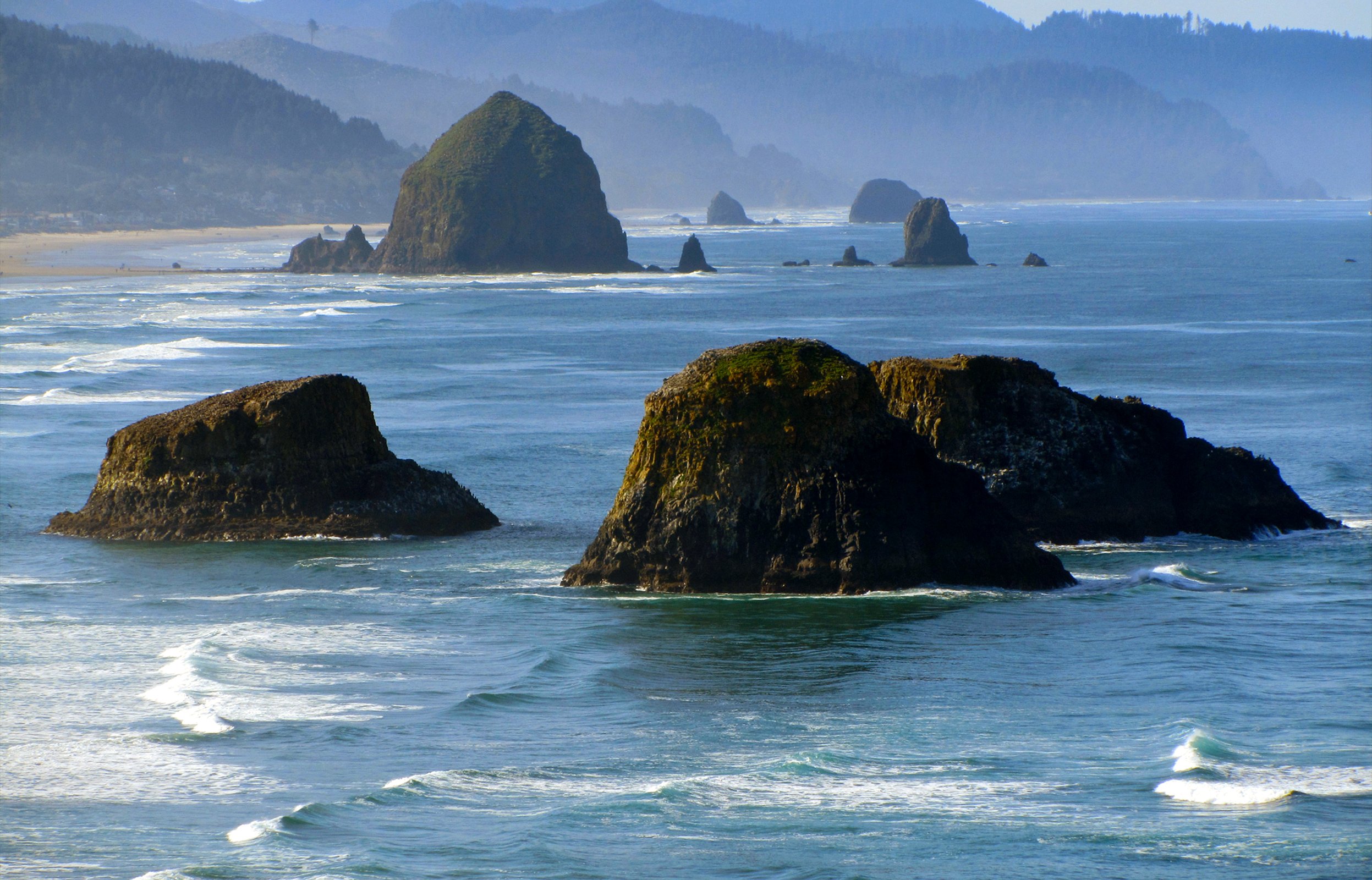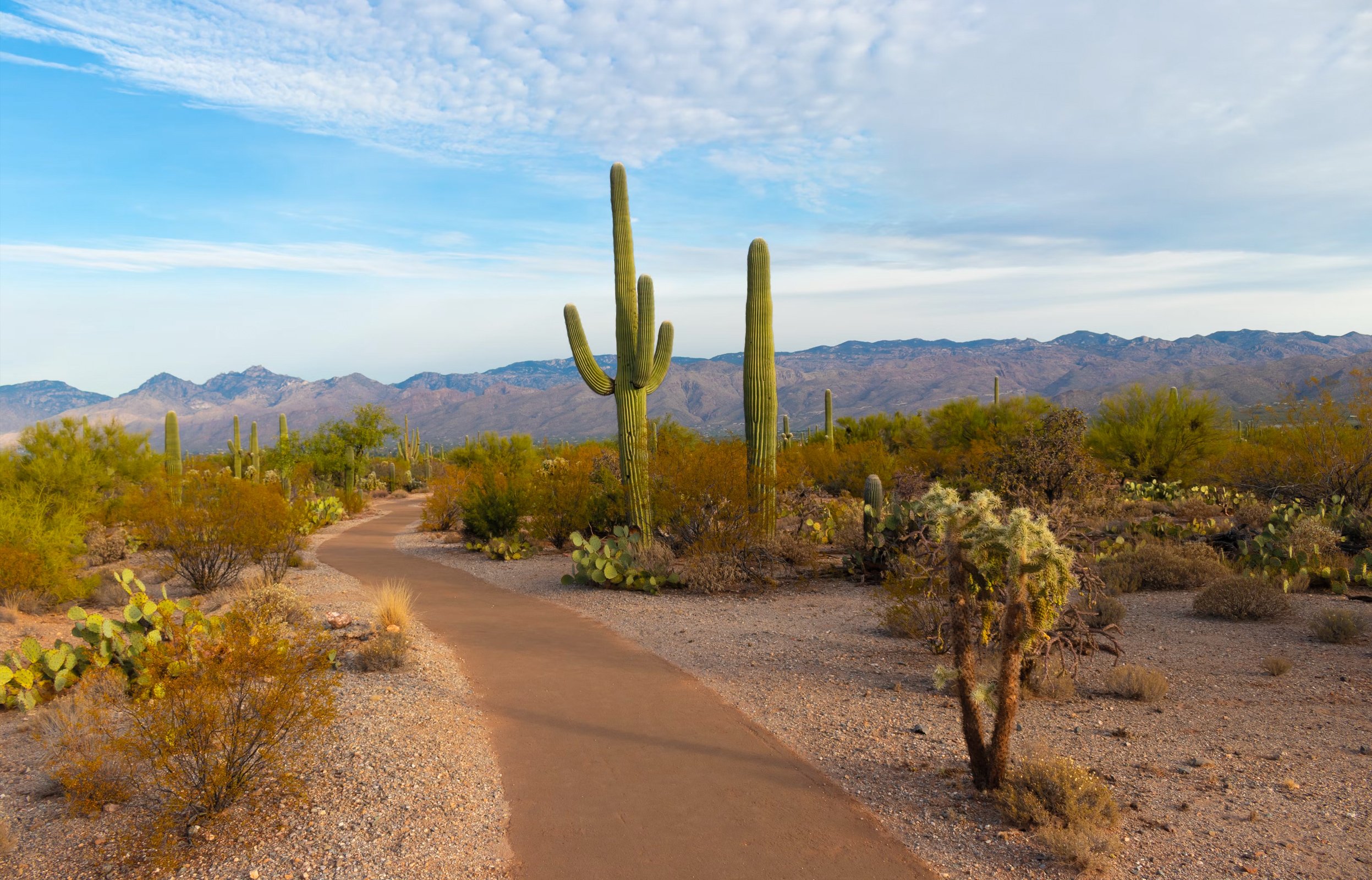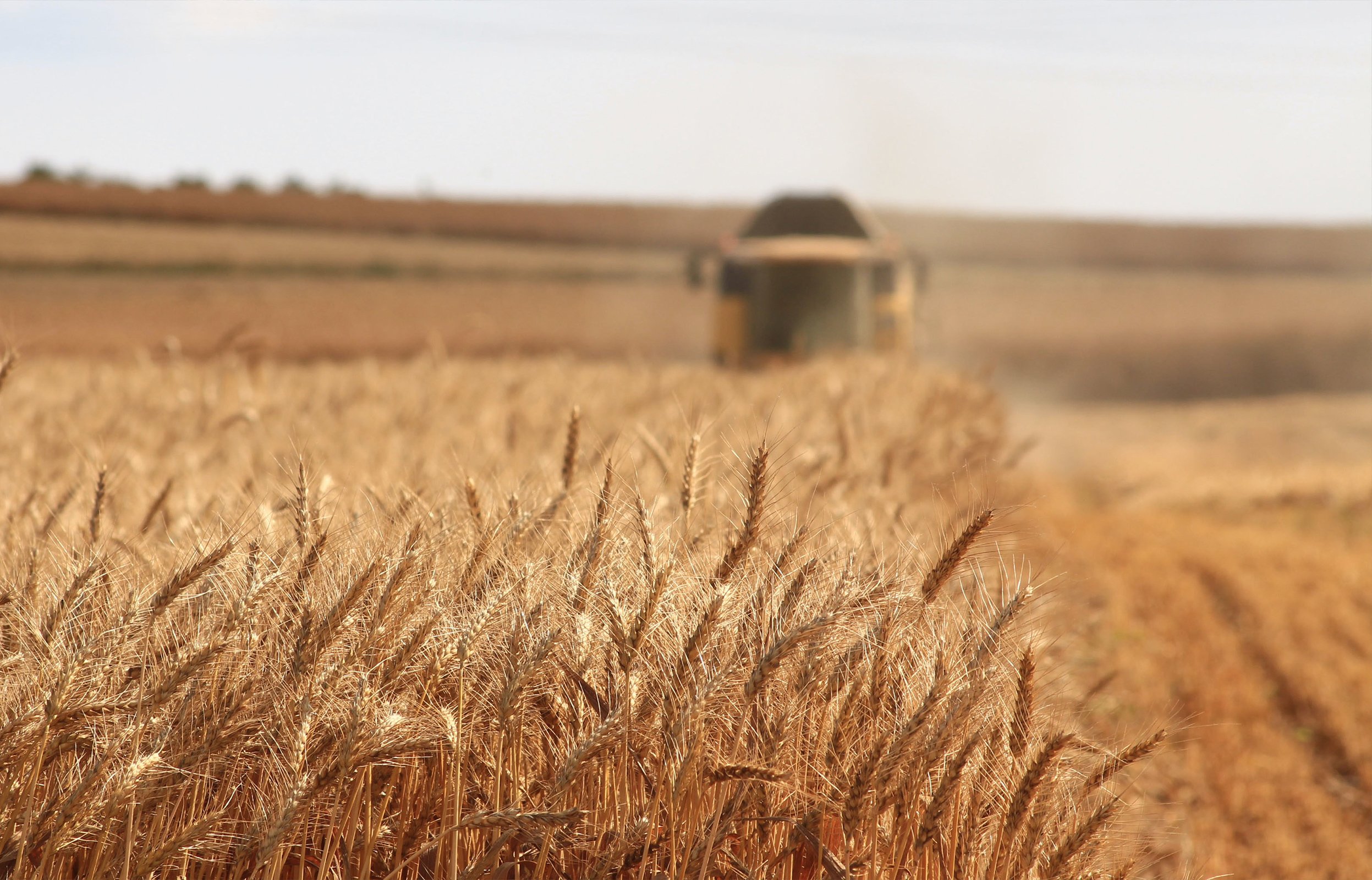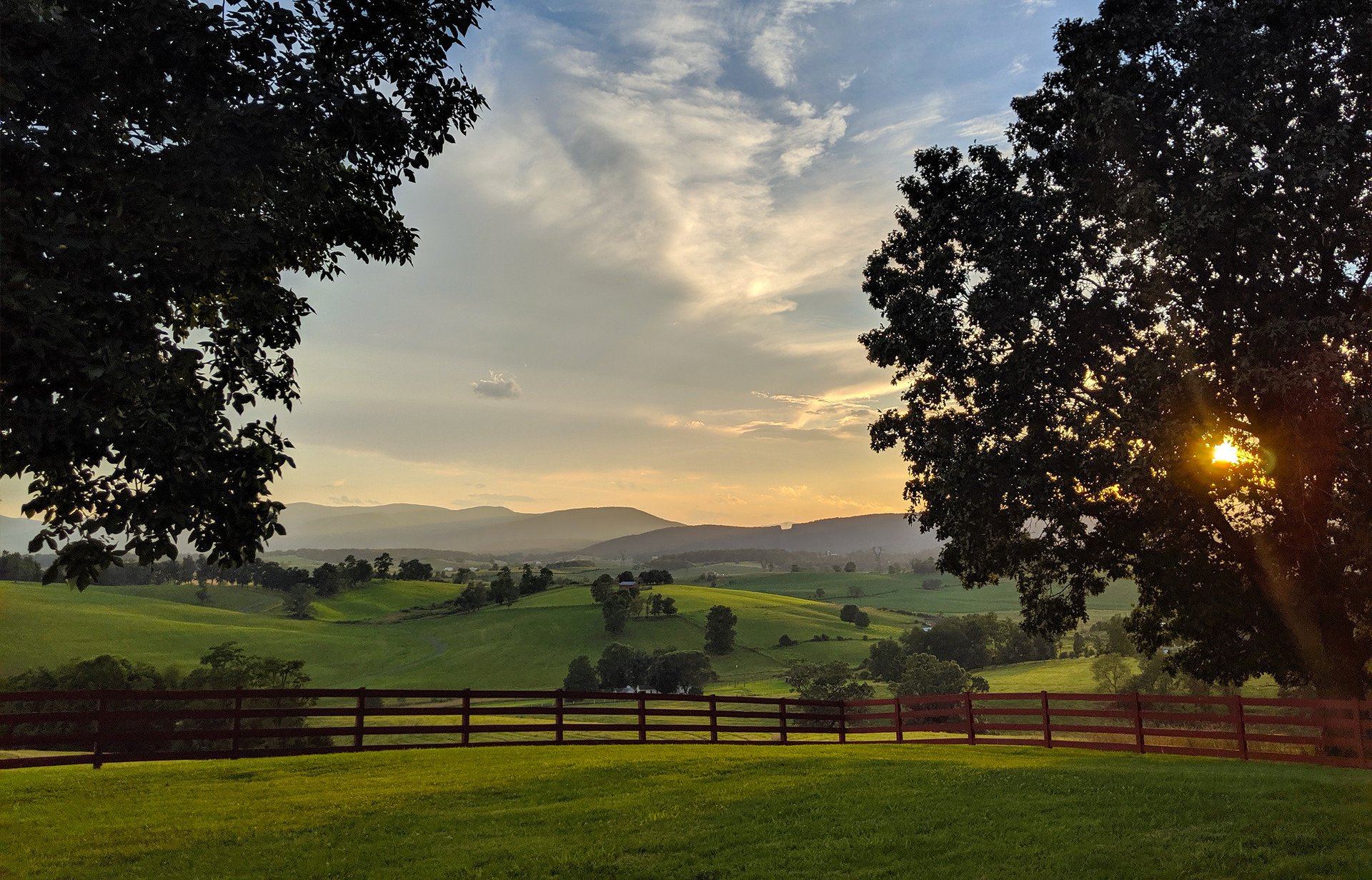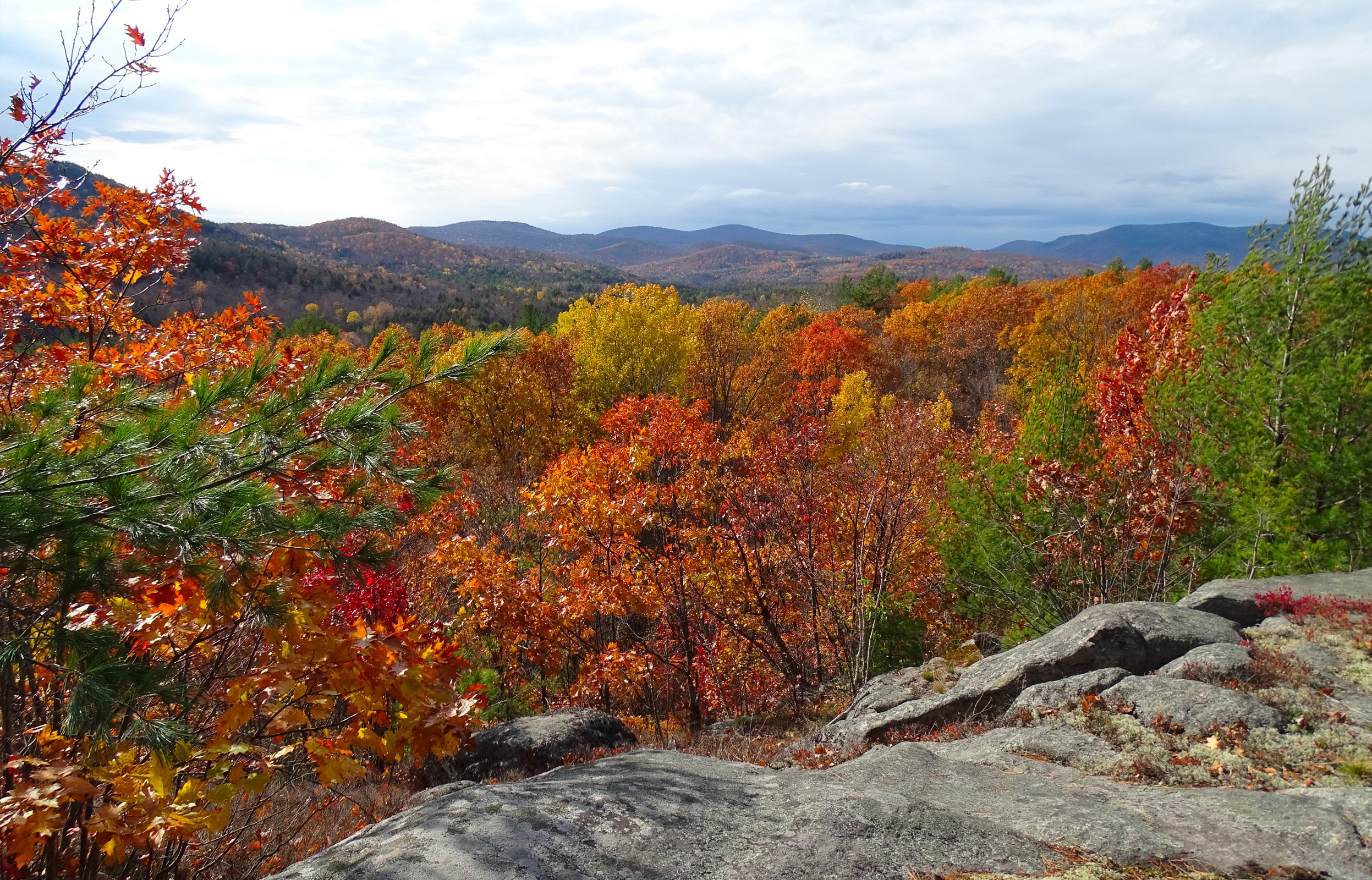
Whiskey Regions of the United States: Mapping the 21st Century
Travel
Not too long ago, the American whiskey landscape was simple. It meant bourbon, and bourbon meant Kentucky (plus Jack Daniels, hailing from Tennessee). But as the 21st century whiskey revival has gathered force – the volume of American whiskey sold in the United States more than doubled between 2003 and 2021 – distilleries throughout the country have been finding ways to harness their areas’ unique traits to produce an ever more diverse universe of whiskey.
Below, we’ve rounded up the major American whiskey regions as they exist in 2023, and are lucky to welcome Seelbach's Founder Blake Riber for his take on the distilleries in each that are defining the new American whiskey map.
Kentucky
The whiskey region that needs no introduction. Since the 1800s, the country’s signature spirit, bourbon, has been closely associated with Kentucky, a state with a climate well-matched for producing delicious juice. The region around it cultivates an abundance of bourbon’s main ingredient, corn, with the success of bourbon here closely tied to this historical fact.
Blake's Take:
The depth of whiskey coming out of Kentucky and Tennessee today can be overwhelming, but Riber points to a few distilleries setting themselves apart from the pack, often by approaching grain selection with the same meticulous attention more often reserved for the barrels. Chattanooga Whiskey and Leiper's Fork are bringing praise to Tennessee whiskey beyond Jack Daniel's and Dickel, he says, while in Kentucky a new guard of craft distilleries is expanding the possibilities for Kentucky bourbon. At the forefront: New Riff, Rabbit Hole, and Bardstown Bourbon Company.
Think about the climate of the region around Seattle, then do the same for Scotland, and it might become a little more apparent why this region of the US is becoming known for its single malt whiskeys. Barley, the only grain in a single malt mash, thrives here, and the weather is right for its barrel aging. (In addition to the single malts, quality bourbons and ryes are also being produced here.)
Blake's Take:
These are the ones pushing the American single malt category forward," Riber says of three Pacific Northwest distilleries in particular: Bull Run Distilling Co., Westland Distillery, and Westward Whiskey. At Westland, local sourcing extends all the way to the barrels, which are made from garryana, a white oak unique to the region.
Texas
The Texas heat and daily temperature swings have a singular effect on barrels of whiskey, coaxing them to mature at a faster rate than they would in cooler regions and resulting in bottles with bold flavor profiles (as you can see for yourself with a pour of our Collaboration Series Edition #2, which was sourced from Still Austin and aged in the Texas heat for 4 years).
Blake's Take:The relentless climate defines whiskey in Texas, and Riber sees two distilleries that have more than risen to the challenge it presents. "Still Austin and Ironroot Republic have done a great job of navigating it. That's what Texas whiskey is about: Who can figure this [climate] out," he says.
The Midwest
It’s no longer a secret in the American whiskey industry that Indiana’s massive Midwest Grain Products (MGP) distills bourbon and rye for any number of whiskey brands, including Redemption, Barrel Craft Spirits, and even some of Pinhook’s expressions. This may overshadow the fact that the Midwest states also host a growing number of noteworthy craft distilleries with close connections to the nearby farms from which they source their grains, with some even growing their own crops.
Blake's Take:Riber refers to this "farmer's mentality" as the trait that distinguishes the Midwest's best craft distilleries from those in other regions. At his favorites, including Starlight Distillery, J. Henry & Sons, Spirits of French Lick, and Old 55 Distillery, some or all of the grains are produced by the distilleries themselves, bringing them directly into the fold of the region's long and storied farming traditions.
Back before there was Kentucky bourbon, there were Maryland, Pennsylvania, and Virginia ryes. In the 1700s, rye whiskey thrived as the first homegrown American spirit in this region, to be displaced gradually by bourbon during the latter half of the 19th century, then definitively at the end of Prohibition. In the past couple decades, though, craft distilleries in the mid-Altantic states have been reviving the rye industry there, one craft distillery at a time.
Blake's Take:
Riber sees Sagamore Spirit perfecting the quintessential Maryland rye for the 21st century--its mash consists of Maryland-grown grains, and it's aged in Maryland oak barrels. "They've started to dominate what that category will look like for the next five to ten years," he says. He also loves what Ragged Branch is crafting in Virginia, along with Dad’s Hat in Pennsylvania.
New York
Back before Prohibition, New York state harvested vast fields full of rye, and made a significant amount of whiskey with it. In the later decades of the 20th century, though, that industry disappeared. But as new distilleries crop up in ever greater numbers, the state is becoming known as a center of whiskey innovation, even cultivating a signature spirit, Empire Rye.
Blake's Take:
Riber notes that different things are happening in different parts of the state, with Finger Lakes Distilling in particular creating an unmistakable flavor profile for that area. "When you talk about a fingerprint for a region, they immediately come to mind," he says. Other distilleries he sees testing new theories around bourbon, and succeeding with compelling products, include Taconic Distillery, New York Distilling Company, Breuckelen Distlling, and Hillrock.
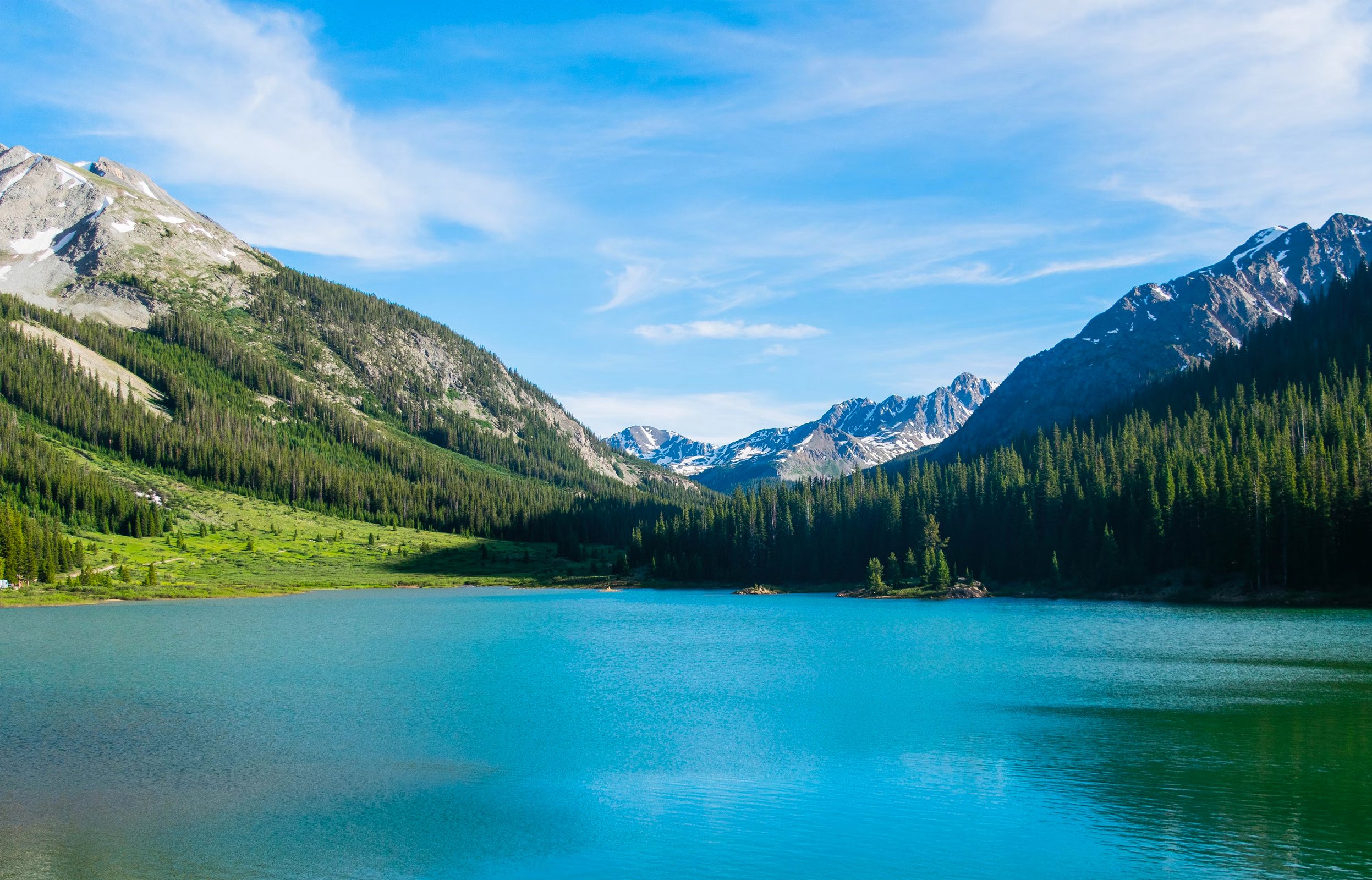
Colorado
They’re crafting a little bit of everything in Colorado these days, from rye to single malt whiskey to several unconventional bourbons. Many note the impact of the high-altitude, arid conditions on Colorado whiskeys, although the state’s geological diversity may in fact be the secret to its emerging success, and to the range of whiskeys being produced there. The crisp Rocky Mountain water used in both distilling and blending certainly doesn’t hurt.
Blake's Take:
For Riber, one Colorado distillery stands out from the impressive pack: Leopold Brothers. "They're just way ahead of their time," he says. "If you look at their list of products, they've got a ton of different [innovations]." Among those innovations are the resurrection of a forgotten piece of machinery, the three-chamber still, and the use of rare heritage grains in its mashbills.
